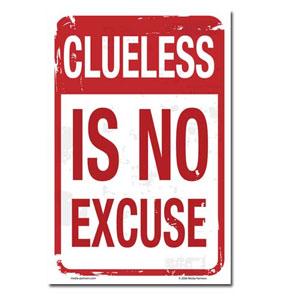
Dear Sticky Wicket,
What is racial inclusion, and how do we achieve it? In its simplest definition, racial inclusion means that all individuals regardless of color have the same access and acceptance to any and all parts of society. It’s tit for tat diversity so to speak. For every white there must be an equal number of blacks, Latinos and Asians in any one environment.
~Racially Confused in Alabama
Dear Racially Confused,
Mark Naison, a Fordham University African American Studies, and History professor, defines racial inclusion as a society where neighborhoods, schools, and workplaces are racially diverse. It would be a place where no one feels confined to inferior and segregated environments because of their ethnicity.
But we are far from that as a society, he says.
“Our schools are more segregated than they were in the days of legal segregation and there are few genuinely integrated neighborhoods in any metropolitan area,” Naison says. “And in part, it is because we do not make racial inclusiveness in how we live as a goal.”
Naison added that while our advertisements as such are racially inclusive, we do little to achieve actual racial diversity.
“We can do this if we think it is important,” he says. “But at a time when the big push in education is charter schools, the vast majority of which are racially homogenous, and when gentrification is pushing people of color out of the most desirable urban neighborhoods, I fear we are a long way off from doing something about the extreme segregation which is a reality for most people in American society.”
Gary Bailey, a clinical professor at the Simmons College School of social Work in Boston, defines racial inclusion as a process of working to identify and acknowledge issues of race and racism that can exist in our communities and workplaces.
“These are not necessarily the overt racist actions of the past but may be what are referred to as micro-aggressions and micro-inequities,” he says.
Bailey defined micro-aggressions and micro-inequities as actions which have no formal grievance but nevertheless, whether intentionally or unintentionally, have a negative effect. These are the clear but subtle indicators, like tone of voice or lack of acknowledgement, that indicate a lack of respect.
“Racial inclusion helps to create a more inclusive culture and works to serve its constituents in a more culturally competent manner,” he says.
